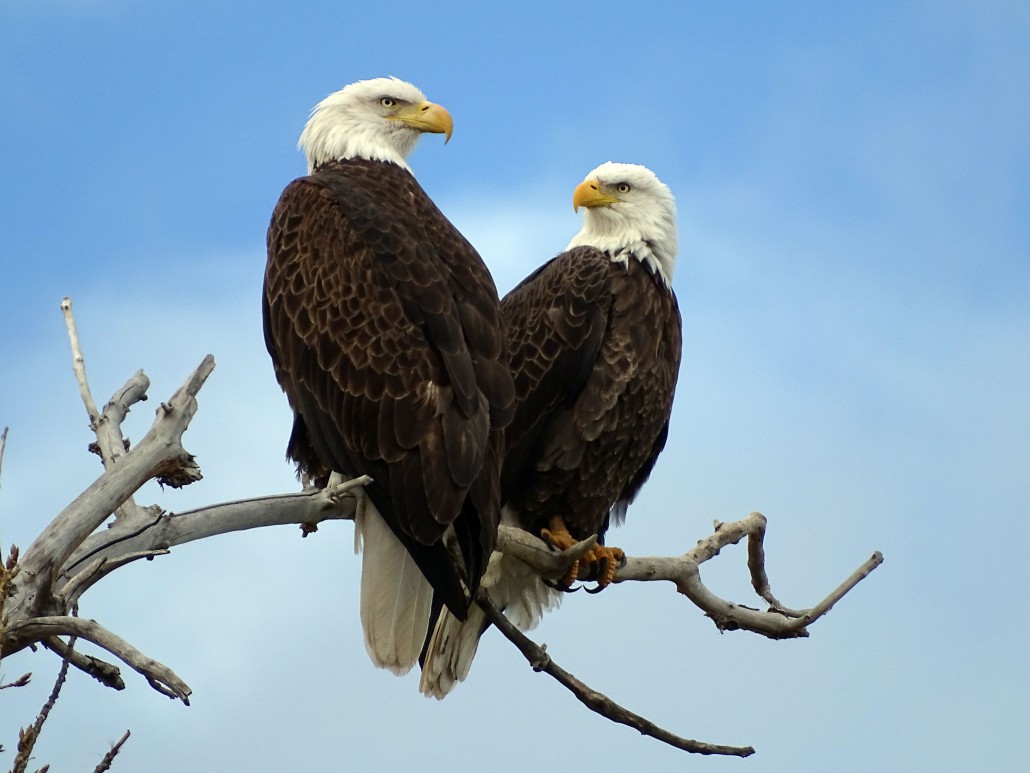
Photo by Anne Whitehurst
There was a time, not so long ago, that seeing a Bald Eagle in Colorado might have felt like a once in a lifetime event. Sadly, one would have been right to feel that way. In the early 1970’s, there were fewer than 450 nesting pairs of Bald Eagles in the lower 48 United States, and fewer than 10 in the entire state of Colorado.
However, today the odds of seeing one of these majestic birds is quite good, especially across the Front Range. A combination of protection under the Endangered Species Act, and the banning of harmful pesticides such as DDT have allowed the population to come roaring back. The Bald Eagle was removed from the List of Threatened and Endangered Species in 2007 and is one of the greatest success stories of the Endangered Species Act.
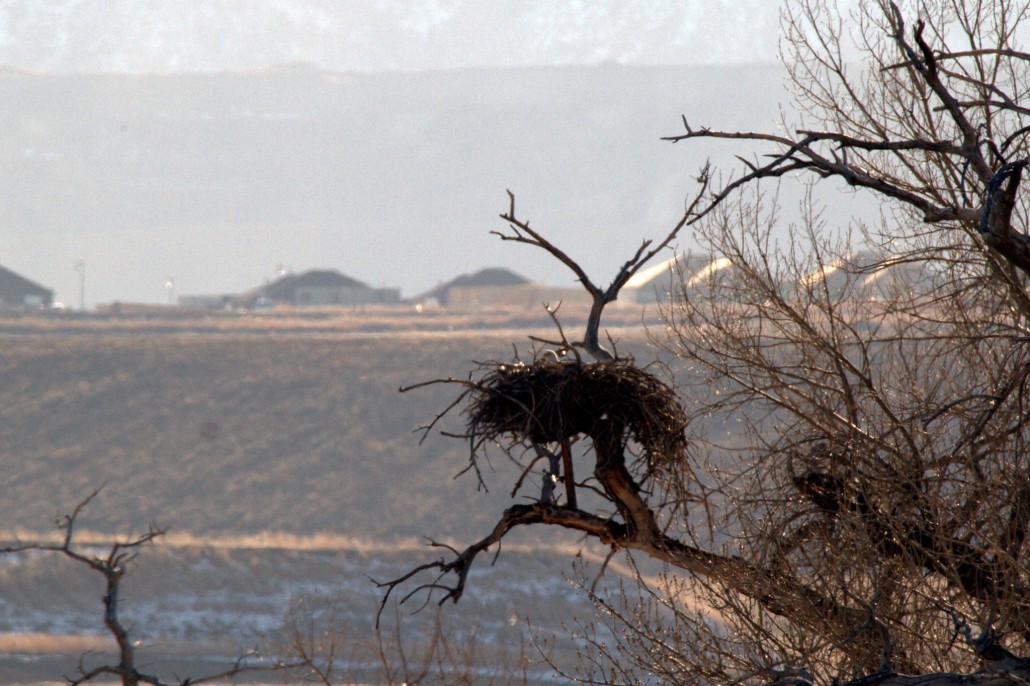
Photo by Kirstin Chapman
Across the Front Range of Colorado, a dedicated force of volunteers keeps a close eye on our eagles. Citizen science volunteers with the Bald Eagle Watch program document nesting activities, record productivity data, and work with biologists and agency staff to help protect nests and important eagle habitat. Data from the program is incorporated into Colorado Parks and Wildlife’s raptor nesting database and is used to help prevent the disturbance of nesting eagles by housing and oil and gas development. Already this season, Bald Eagle Watch volunteers have donated more than 200 hours to the task. That’s the value of a full time staff member for more than a month!
We’ve had some great news recently from many of our Bald Eagle Watch volunteers – after observing incubation for more than a month, their patience has paid off. Little eaglet heads have been visible in several nests, and we’re so happy to welcome Colorado’s next generation of Bald Eagles into the world!
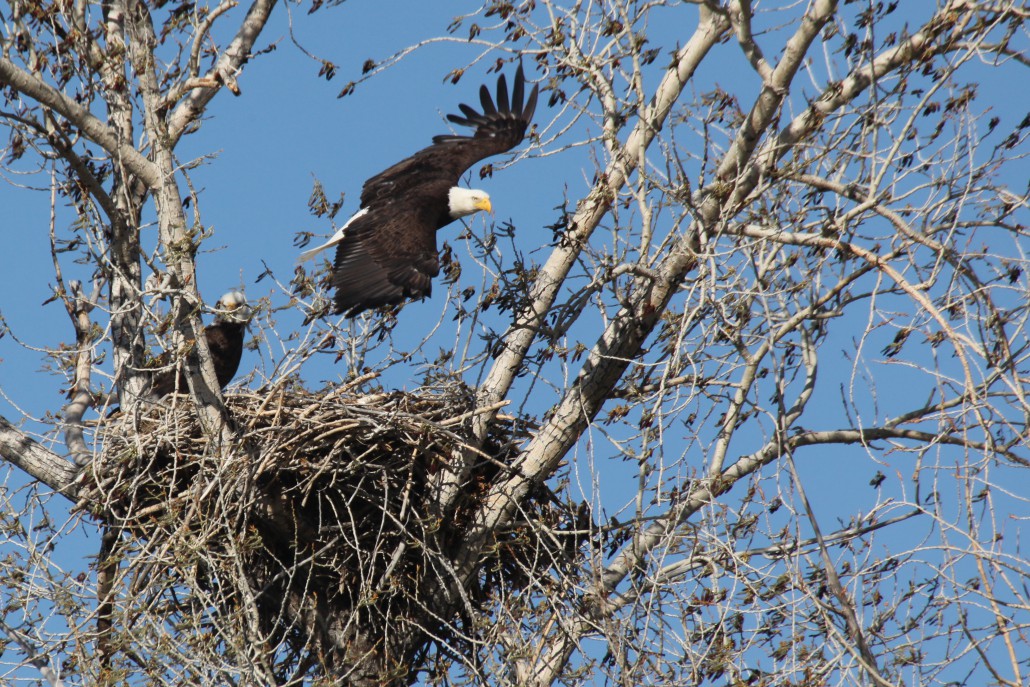
Photo by Richard Irwin
The Bird Conservancy of the Rockies has its eye on other raptors too. Every spring, a team of volunteer raptor experts man a raptor migration station at Dinosaur Ridge, and count migrating raptors as they head north towards their summer breeding ranges. This info is submitted to the Hawk Migration Association of North America, where it contributes to the greater body of knowledge about raptor migration in North America, and is put to practical use in conservation, such as helping to inform decisions on the siting of wind farms.
As a new team member at the Bird Conservancy of the Rockies, I’m excited to have the opportunity to help coordinate these efforts with our amazing volunteers. A bit about me:
I earned my bachelor’s degree in environmental science from the University of South Florida, and did seasonal field work for Audubon Florida while in school. During that time I assisted with a variety of research and conservation projects focused mainly on colonial waterbirds and shorebirds, such as the Reddish Egret and American Oystercatcher. In 2011 I spent the summer guiding whitewater on the Arkansas River, and I’ve been plotting to return to Colorado ever since. Before joining the Bird Conservancy of the Rockies, I was with the Audubon Center for Birds of Prey in Orlando, FL, where I managed a Bald Eagle nest monitoring program, and assisting with their education programs. This gave me the opportunity to get up close and personal with Bald Eagles, and was a great learning experience. In my free time I’m enjoying exploring Colorado, and getting into some things that just can’t be done in Florida, like skiing and climbing.
I’m thrilled to be here and working with the Bird Conservancy, and looking forward to seeing our eaglets fledge!
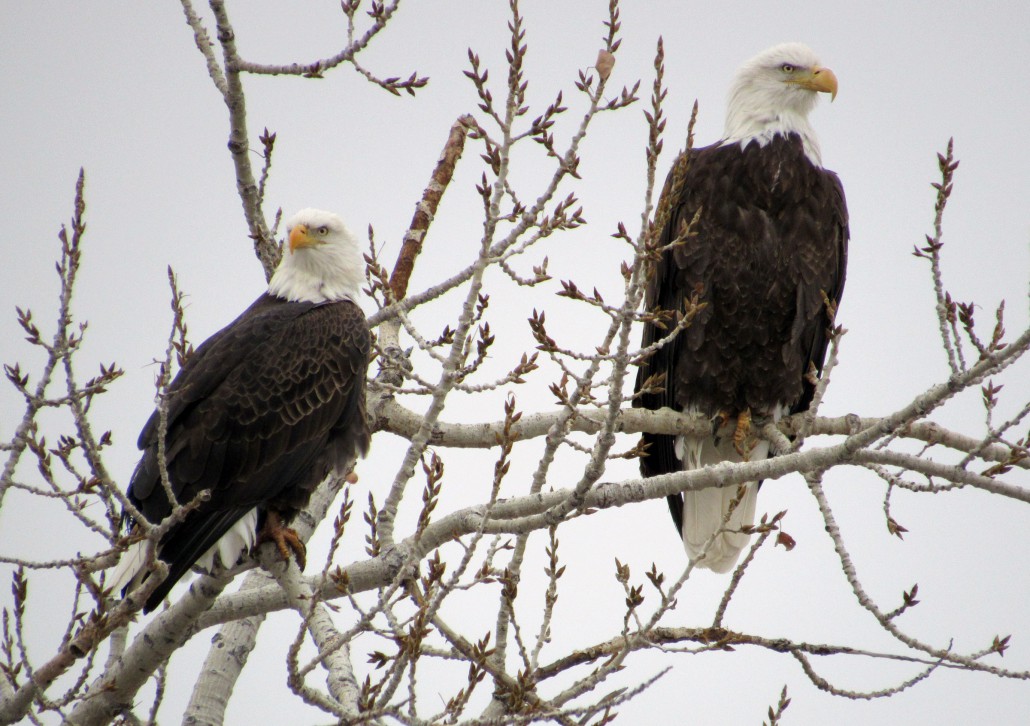
Photo by Anne Whitehurst
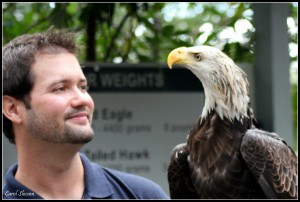
Matt Smith, Citizen Science Coordinator
Matt earned his bachelor’s degree in environmental science from the University of South Florida, and began work as a seasonal field technician with Audubon Florida while still in school. During that time he assisted with a variety of research and conservation projects focused mainly on colonial waterbirds and shorebirds, such as the Reddish Egret and American Oystercatcher.
He spent the summer of 2011 as whitewater guide on the Arkansas River, and has been plotting to return to Colorado ever since. Prior to joining the Bird Conservancy of the Rockies, Matt was managing a bald eagle nest monitoring program for the Audubon Center for Birds of Prey. Matt is an avid outdoorsman and a licensed falconer.


